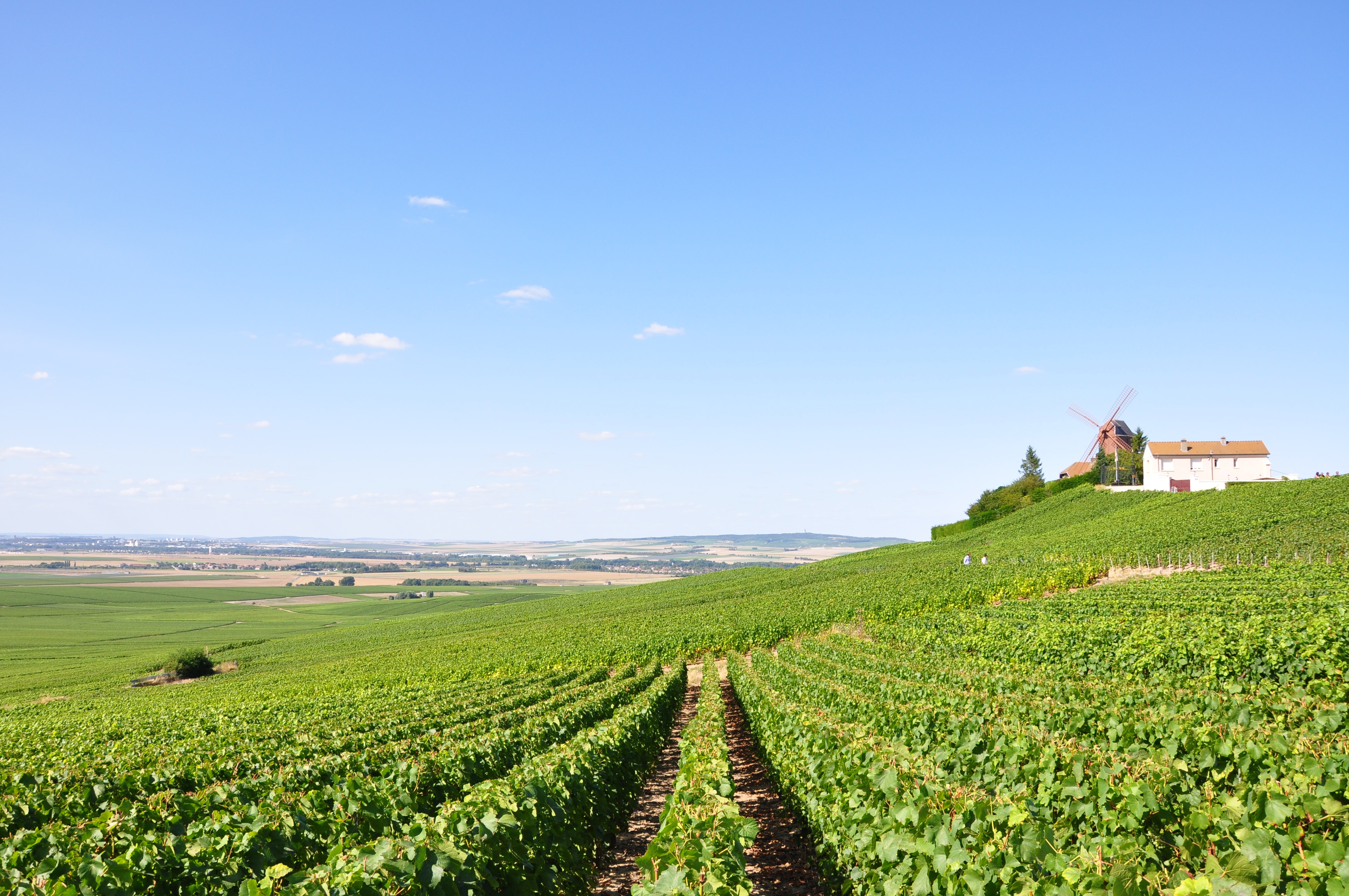Ahmed Mahmoud (BASc 2011, MASc 2016) hopes that his new invention – an unassuming grey box about the size of a coffee mug, attached to a metal probe – will be the key to significant improvements in crop yields for farmers in Nepal and around the world.
“You stick the probe in the soil and it reads the moisture,” he says. “Then it makes that data available online or via text messages. You can query it on your phone.”
In March, Mahmoud’s collaborator Donn Pasiliao (BASc 2011, MASc 2014, MA 2017) travelled to Nepal to provide 30 of the portable, networked probes for a test run. The goal is to see whether this low-cost method of gathering detailed, hyperlocal information about soil moisture can be used to help improve crop yields.
Mahmoud and Pasiliao, founders of Spero Analytics, were inspired to create the device after hearing about the Data Driven Farming Prize, an international competition. While there are a number of development agencies working with farmers in Nepal to improve their agricultural productivity, Mahmoud says they are limited by a lack of real-time analytics. “They have made detailed maps of average rainfall, soil acidity and nutrient levels,” he says. “What they don’t have is data on soil moisture levels, temperature and other conditions that change rapidly.”
In Canada, farmers can get this information from on-site weather stations or instruments such as tensiometers, which measure soil moisture. Mahmoud’s vision is to take off-the-shelf probes and add the ability to wirelessly share data within a network. Mahmoud built the first prototype for less than $100.
In September, the pair was awarded one of two $50,000 runner-up prizes. That prize money funded the construction of the 30-device network that is now heading to Nepal. The results of this first trial will inform further design of the devices. Eventually, Mahmoud hopes to add sensors for temperature and humidity as well as moisture.
Recent Posts
For Greener Buildings, We Need to Rethink How We Construct Them
To meet its pledge to be carbon neutral by 2050, Canada needs to cut emissions from the construction industry. Architecture prof Kelly Doran has ideas
U of T’s 197th Birthday Quiz
Test your knowledge of all things U of T in honour of the university’s 197th anniversary on March 15!
Are Cold Plunges Good for You?
Research suggests they are, in three ways




